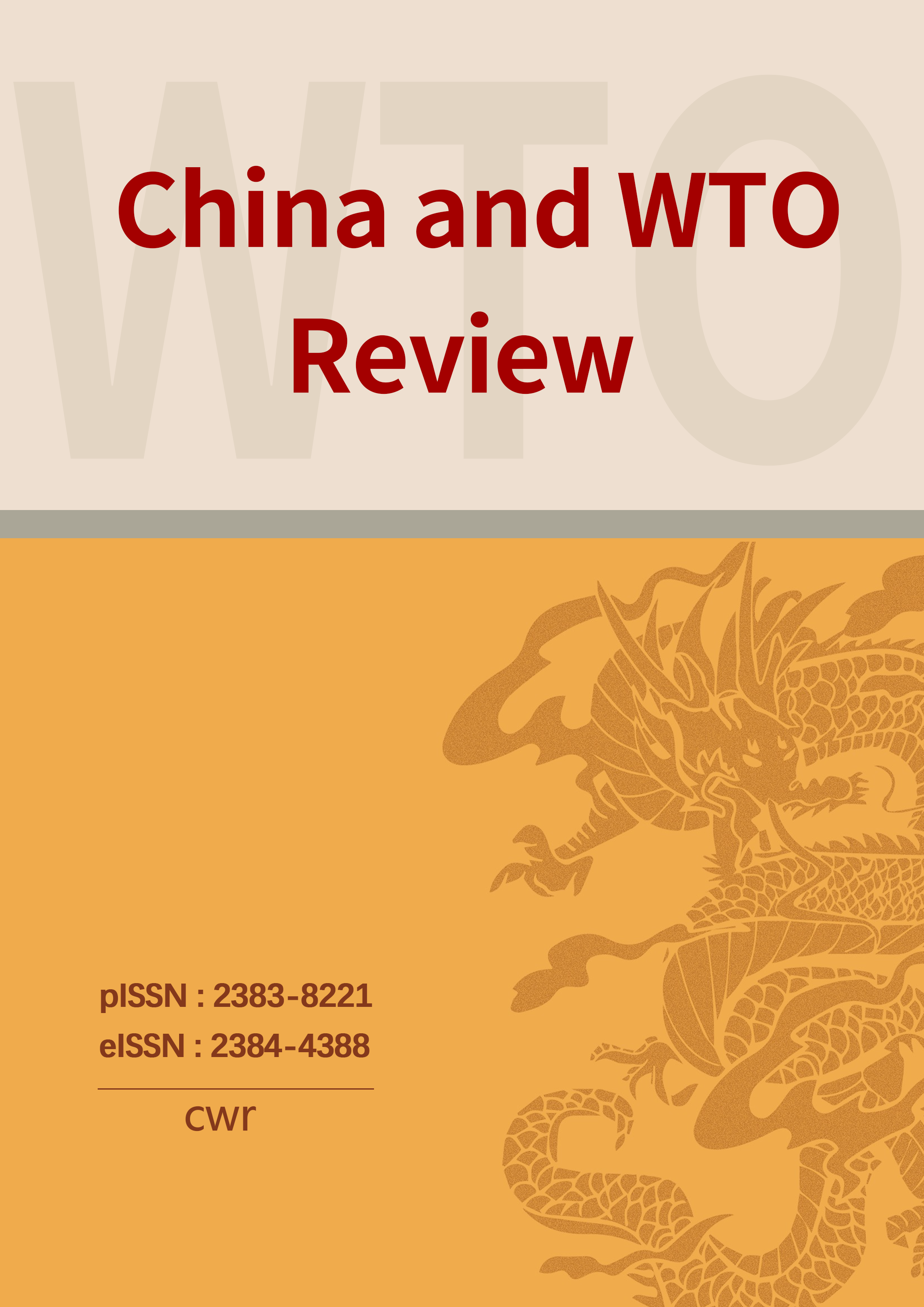How the RCEP Opens the Asia-Pacific Region? A Chilean Perspective
Keywords:
RCEP, ASEAN, ASEAN Plus Five, CPTPP, Pacific Alliance, FTAAP, AsiaPacific, Regional IntegrationAbstract
The RCEP is the largest FTA in the world. It was negotiated at a moment in history when criticism concerning globalization, multilateralism, and FTAs as effective tools for growth and well-being abounded. Those concerns have been aggravated by COVID-19 and the war in Ukraine, which affected not only world health but also increased protectionist temptations and disruptions in GVCs. This paper aims to analyze the likely contribution of this mega-deal, its economic and political variables, including the leadership that China will exert, and the objectives pursued during the negotiation. The agreement is contrasted with other major FTA, namely the CPTPP, the FTAAP and the Pacific Alliance, mainly in relation to integration efforts. It is concluded that the RCEP will indeed increase intraregional trade, although its full impact will take years to be felt. To maximize its impact, the RCEP needs to incorporate key current issues and new members to the pact.




